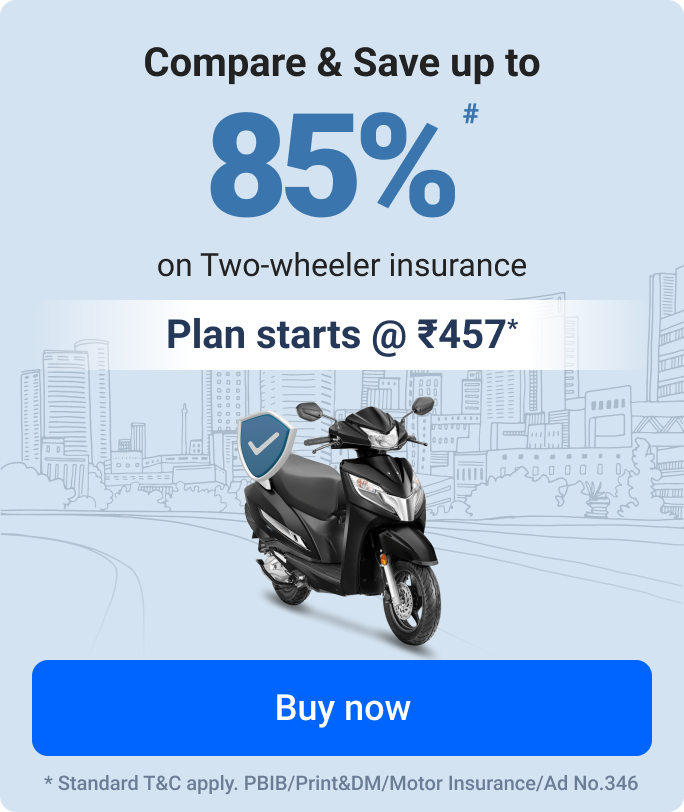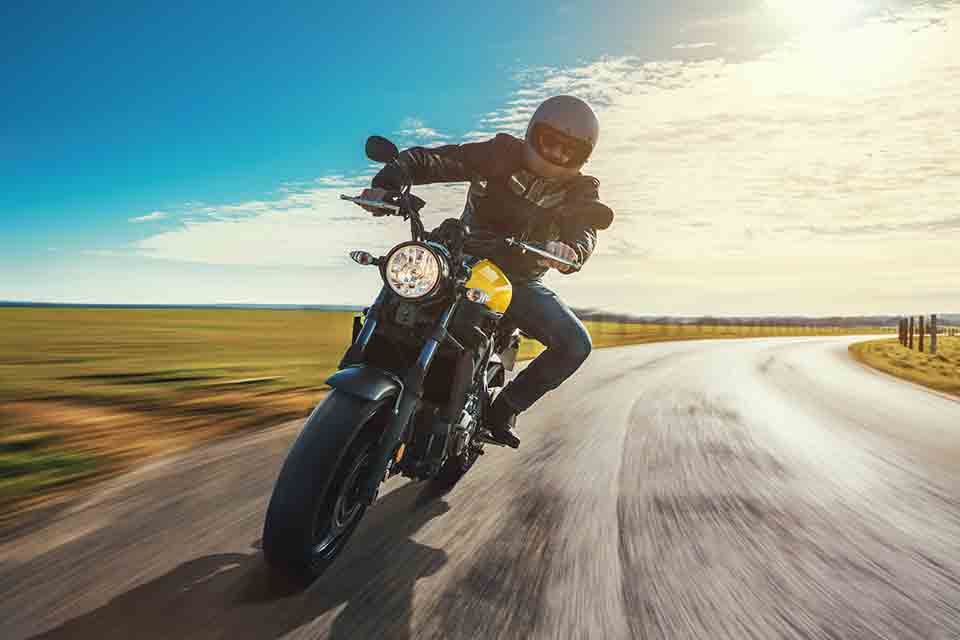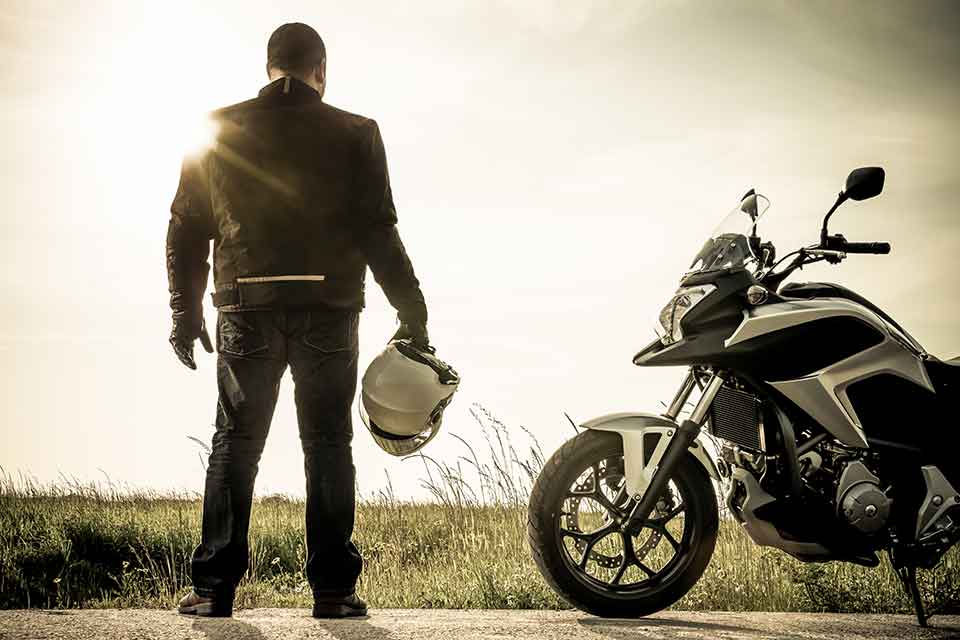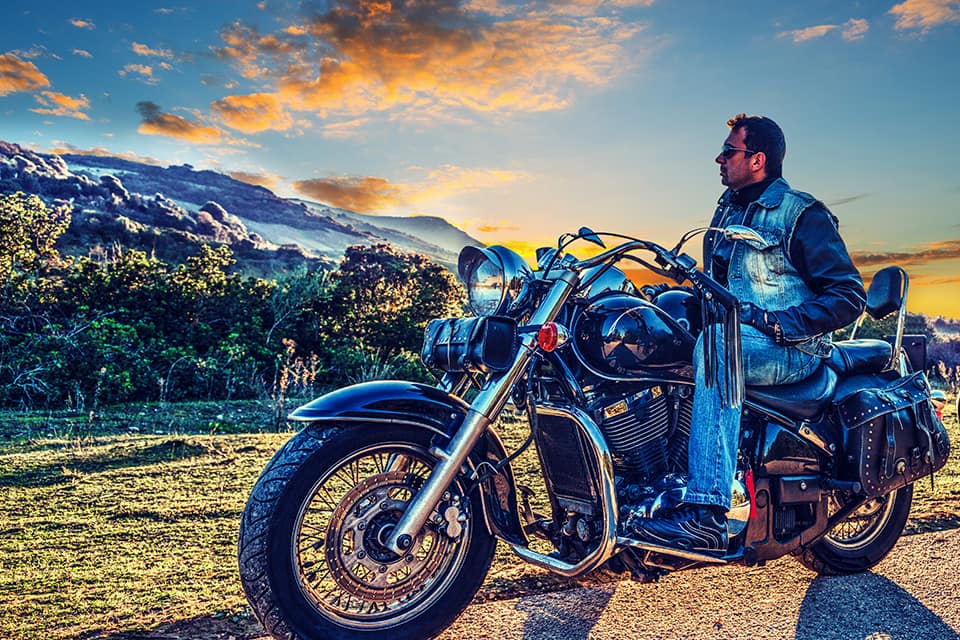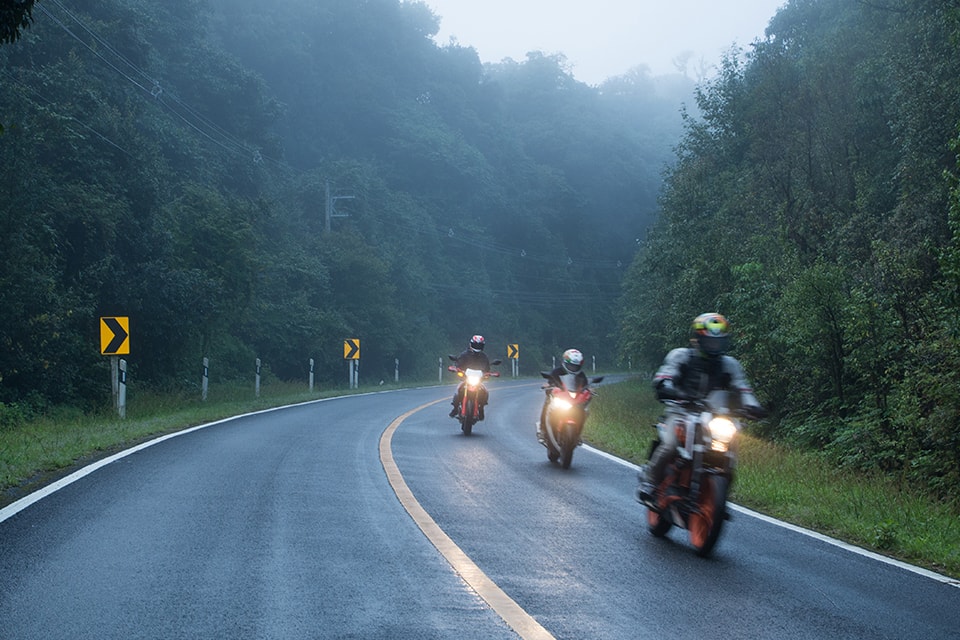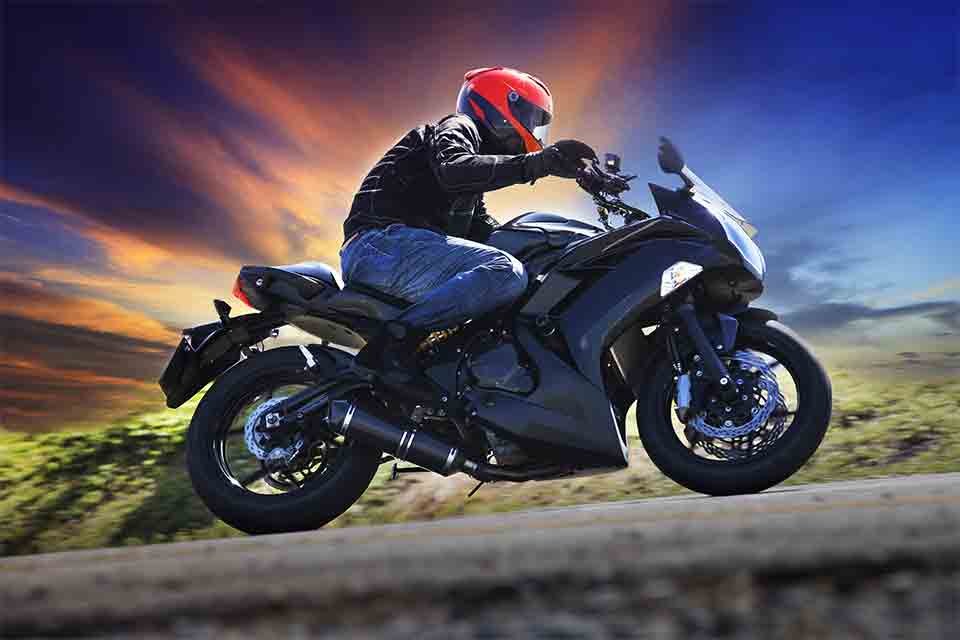How to Maintain Your Bike's Tyre Pressure?
Maintaining proper tyre pressure is crucial for a smooth, safe, and efficient ride. Incorrect tyre pressure can lead to discomfort, poor handling, increased wear & tear, and even tyre puncture. This article will help you understand everything you need to know about two-wheeler tyre pressure, from checking and adjusting it to understanding the recommended levels for your bike or scooty.
Why Proper Tyre Pressure Matters?
Having an optimal tyre pressure offers a multitude of benefits:
- Supports the Weight: A correct pressure ensures your tyres can hold the entire weight of your two-wheeler with any co-passenger.
- Traction and Braking: It provides the necessary grip for acceleration and braking.
- Steering Control: It significantly contributes to stable handling and easy steering.
- Comfortable Ride: It offers a comfortable ride by absorbing the shocks from the road, providing a more comfortable ride.
- Fuel Efficiency: Underinflated tyres increase rolling resistance, making your engine work harder and reducing fuel economy. Additionally, it helps maintain correct pressure and improves mileage.
How to Get the Right Bike Tyre Pressure?
The first step is knowing the optimal two-wheeler tyre pressure for your bike or scooter. Here's how to find it:
- Check Your Owner's Manual: Your bike or scooter's manual is the best source for recommended tyre pressure. It will specify the ideal PSI (pounds per square inch) for front and rear tyres for solo riding and with a pillion rider.
- Look for a Sticker: Some two-wheelers have a sticker on the swing arm, chain guard, or inside the fuel cap that lists the recommended tyre pressures.
Recommended Two-Wheeler Tyre Pressure Chart
| Tyre Size | Tubeless (TL)/Tube Type (TT) | Front (Solo/Pillion) PSI | Rear (Solo/Pillion) PSI |
| 90/100 R10 (F) & (R) | TT | 20 / 20 | 26 / 32 |
| 90/100 R10 (F) & (R) | TL | 22 / 22 | 29 / 36 |
| 120/70 R14 (F) & (R) | TL | 29 / 29 | 32 / 34 |
| 90/90 R12 (F) & (R) | TL | 24 / 24 | 28 / 32 |
| 110/70 R11 (F), 120/70 R10 (R) | TL | 20 / 20 | 26 / 32 |
*Disclaimer: This is a general guideline. Consult your owner's manual for your vehicle's correct two-wheeler air pressure.
Maintaining Your Two-Wheeler Tyre Pressure
Regularly checking and maintaining your two-wheeler tyre pressure is essential. Here is a step-by-step guide:
- Inspect Your Tyres: Before checking pressure, look for any visible damage like cuts, bulges, or embedded objects. These issues can affect tyre pressure and safety.
- Check Tyre Pressure When Tyres Are Cold: Tyre pressure readings are most accurate when the tyres are cold, meaning they have not been ridden for at least a few hours. The heat from riding can increase tyre pressure.
- Use a Tyre Pressure Gauge: You can purchase a tyre pressure gauge from any auto parts store. Many gas stations also have air pumps with built-in gauges.
- Inflate or Deflate as Needed: If the pressure is below the recommended level, use an air pump to add air in short bursts, checking the pressure frequently. If the pressure is too high, use the valve stem to release air until you reach the correct PSI.
- Check Air Pressure Regularly: It is a good practice to check your two-wheeler air pressure at least once a week or more frequently if you ride often. Pressure can fluctuate due to temperature changes and normal air loss.
Addressing Common Concerns
Here are a few tips to help you ensure that your two-wheeler tyre pressure is maintained and you can enjoy a glitch-free ride:
- Scooty Tyre Pressure/Scooty Air Pressure: The principles are the same for scooties. Refer to your scooty's manual for the correct front and back scooty tyre pressure.
- Tubeless Tyre Air Pressure for Bike: Tubeless tyres generally hold air pressure better than tube-type tyres but still need regular checks. The recommended pressure for tubeless tyres will be in your bike's manual.
- Bike Tyre Air Pressure Front and Rear: It is crucial to check the air pressure of the front and rear tyres, as they often require different PSI levels.
Does It Affect Your Bike Insurance Claims?
While maintaining proper tyre pressure doesn't directly affect your bike insurance policy, it plays a role in your overall safety. A well-maintained bike, including correct tyre pressure, reduces the risk of accidents, which can, in turn, affect your bike insurance premiums in the long run. Just like you choose the right two-wheeler insurance policy, you should choose to maintain your bike properly.
In all of this, remember that your comprehensive bike insurance policy covers damages from accidents and other unforeseen events. Still, it does not cover wear and tear or damages caused by neglect, such as riding on underinflated tyres.
Key Takeaway!
Maintaining proper two-wheeler tyre pressure is a fundamental aspect of responsible bike or scooter ownership. It impacts safety, comfort, performance, and fuel efficiency. By following these simple steps and checking your tyre pressure regularly, you can ensure a smooth & safe ride every time.
^The renewal of insurance policy is subject to our operations not being impacted by a system failure or force majeure event or for reasons beyond our control. Actual time for a transaction may vary subject to additional data requirements and operational processes.
^The buying of Insurance policy is subject to our operations not being impacted by a system failure or force majeure event or for reasons beyond our control. Actual time for transaction may vary subject to additional data requirements and operational processes.
#Savings are based on the comparison between highest and the lowest premium for own damage cover (excluding add-on covers) provided by different insurance companies for the same vehicle with the same IDV and same NCB.
*TP price for less than 75 CC two-wheelers. All savings are provided by insurers as per IRDAI-approved insurance plan. Standard T&C apply.
*Rs 538/- per annum is the price for third party motor insurance for two wheelers of not more than 75cc (non-commercial and non-electric)
#Savings are based on the comparison between the highest and the lowest premium for own damage cover (excluding add-on covers) provided by different insurance companies for the same vehicle with the same IDV and same NCB.
*₹ 1.5 is the Comprehensive premium for a 2015 TVS XL Super 70cc, MH02(Mumbai) RTO with an IDV of ₹5,895 and NCB at 50%.
*Rs 457/- per annum is the price for the third-party motor insurance for private electric two-wheelers of not more than 3KW (non-commercial).The list of insurers mentioned are arranged according to the alphabetical order of the names of insurers respectively.Policybazaar does not endorse, rate or recommend any particular insurer or insurance product offered by any insurer. The list of plans listed here comprise of insurance products offered by all the insurance partners of Policybazaar. For complete list of insurers in India refer to the Insurance Regulatory and Development Authority of India website www.irdai.gov.in

